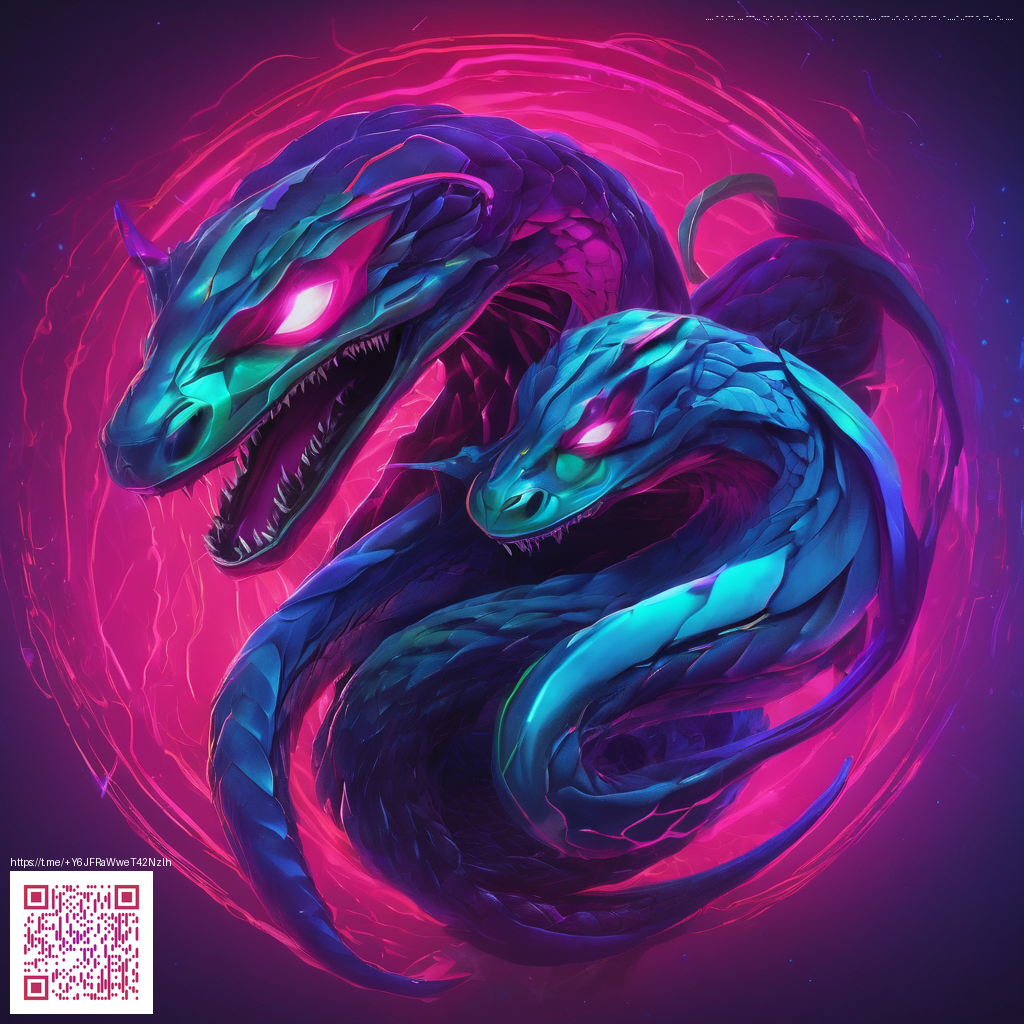Evolution of Fighting Games: From Arcades to Esports
Fighting games have a unique lineage that mirrors the broader arc of video game history: from rigorously crafted, coin-operated cabinets to globally streamed events that draw crowds online and in person. The journey isn’t just about flashy combos or pixel-perfect inputs; it’s a story about how playstyles, community, and competition evolved together. As we trace this evolution, we see a thread that connects the tactile joy of early duelists to the razor-sharp precision demanded by modern esports.
Arcade Roots: Precision, Rhythm, and Ritual
The earliest fighting games arrived in the arcade era with a simple premise: two players, a controller, and a single screen that demanded immediate mastery. Titles like Street Fighter II popularized the concept of a “fighter’s kit”—a repertoire of moves, timing, and spacing that rewarded practice over luck. Arcades fostered micro-communities where players watched, learned, and then challenged each other in rapid-fire bouts. The cabinet became a ritual object—its joysticks, buttons, and responsive feel shaping the very rhythm of the game. In this environment, the community’s memory was built through sparring sessions, local tournaments, and the shared lore of who could pull off that infamous dragon punch or get the heal from the hidden character.
“Arcade battles were less about flashy spectacle and more about the quiet, stubborn grind of mastering a timing window until it felt inevitable.”
From a design perspective, developers learned quickly which mechanics translated well to scoring and bragging rights. The best games distilled complex systems into approachable, repeatable sequences that rewarded practice, not just chance. The result was a balance between accessibility for newcomers and depth for seasoned players—a balance that would continue to define the genre for decades to come.
Transition to Home Systems and the 2D Golden Age
As consoles and home computers grew in power, fighting games moved beyond the arcade’s limited playspace. The 2D era blossomed with titles that refined controls and introduced more intricate combos, frames of animation, and strategic layer-counters. Communities formed around local gatherings and early gaming magazines, with players trading strategies for timing windows, zoning, and punishments. This period cemented the general philosophy that a fighting game’s success rests on a few core mechanics carried to near-perfection, rather than a sprawling, inscrutable move set.
- 1991 Street Fighter II popularized predefined character rosters and special-move inputs that defined “the right way to play.”
- 1992–1994 Competitive scenes expanded with Mortal Kombat’s brutal showcase and Virtua Fighter’s early 3D ambition, each pushing how players think about risk, reward, and space control.
- Late 1990s 2D fighters solidified an enduring meta—frame data, punishment windows, and movement options—while welcoming new players through approachable entry points.
3D, Netplay, and the Onset of Global Communities
The shift to 3D brought a fresh set of design questions: how does depth affect footwork, how do camera angles alter perceived range, and what role does timing play when characters can sidestep in three dimensions? Virtua Fighter’s early experiments helped prove that fighting games could evolve without losing the core language of fighting games. As technology matured, netplay became feasible, and the online era began to reshape training, matchmaking, and competition. Suddenly, a player in one country could spar with a rival halfway around the world, and online leaderboards began to reflect a more diverse, global skill set.
From there, the balance between accessibility and depth grew more nuanced. Developers experimented with simplified control schemes for newcomers while preserving complex mechanics for veterans. The community responded with an ever-growing archive of tutorials, combo videos, and strategy guides, turning knowledge into a competitive equalizer. Esports organizers recognized this potential early on, investing in spectator experiences—frame-by-frame replays, in-depth commentary, and robust online tournaments—that could scale beyond local arcades and LAN parties.
Esports: Spectacle, Skill, and Community
Today, the esports ecosystem surrounding fighting games thrives on precision, timing, and shared spectacle. The best players combine mental fortitude with precise hand–eye coordination, reading opponents’ intentions while maintaining the flexibility to adapt on the fly. The modern arena blends live crowds with streaming audiences, creating a feedback loop where excellence is celebrated in real time, and knowledge disseminates instantly through clips and analysis. The ongoing dialogue between developers, players, and fans continually refines game balance, patch cadence, and meta evolution—keeping the scene dynamic and engaging for new players while honoring its storied past.
For those who enjoy the modern rhythm of competition but also appreciate a bit of everyday practicality, there are subtle ways to blend history with daily life. If you’re on the go, you might want a sleek, durable accessory to protect your device as you train or watch tournaments. For instance, the Slim Lexan Phone Case Glossy Ultra-Thin offers a touch of elegance and protection that complements your focus on precision and timing—even when you’re scrolling between matches. And if you want to explore more about the broader discussion of this article, you can check the source page at https://area-53.zero-static.xyz/27612fc7.html.
